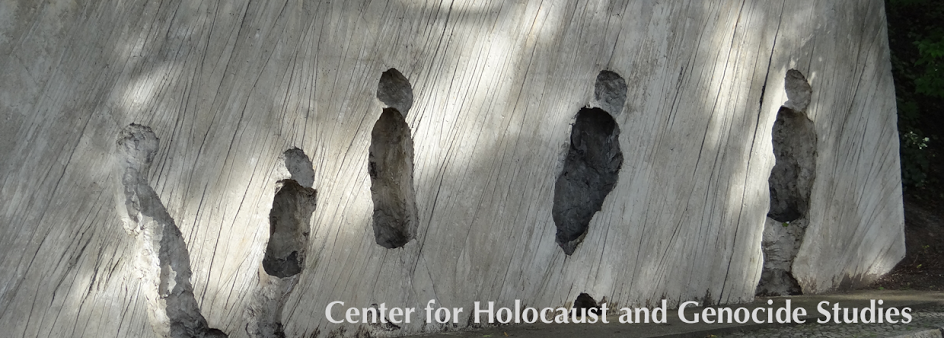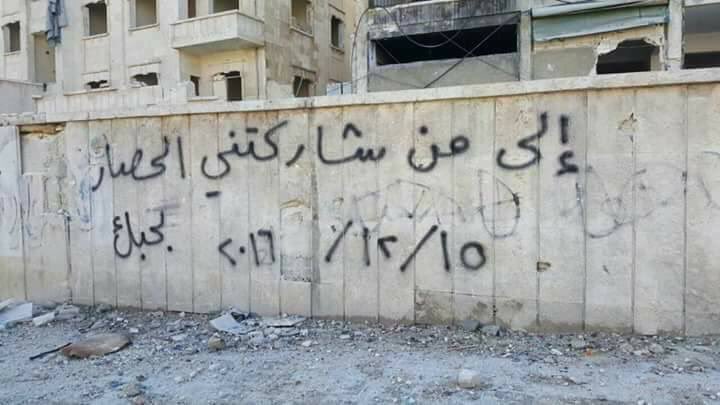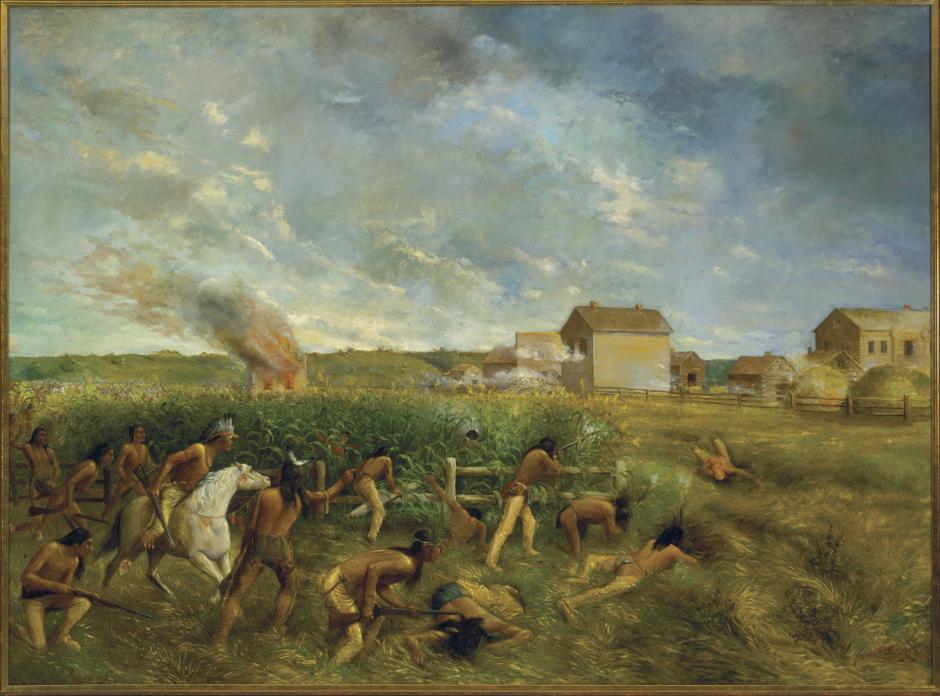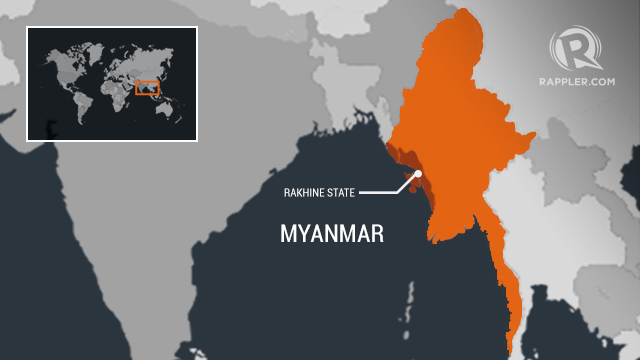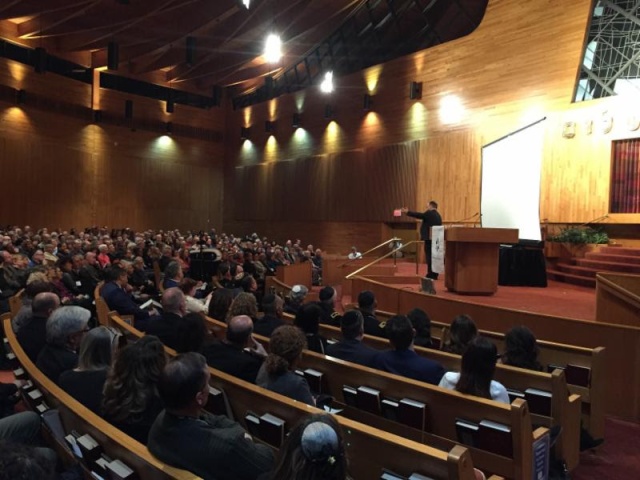It seems, indeed, that the far right party in France is leading. The National Front (abbreviated “FN” for Front National in French) could possibly win the election after having lost in 2002 to Jacques Chirac. This is due to the fact that, in the last 15 years, France has become more conservative and protectionist, intensified by issues such as the migrant crisis and several terrorist attacks on French soil.

